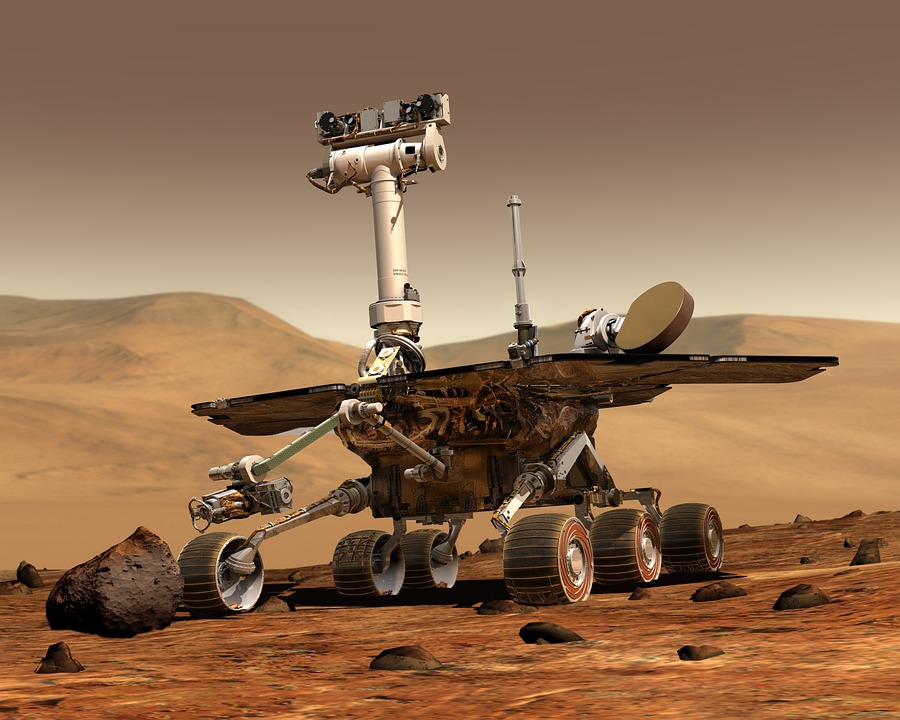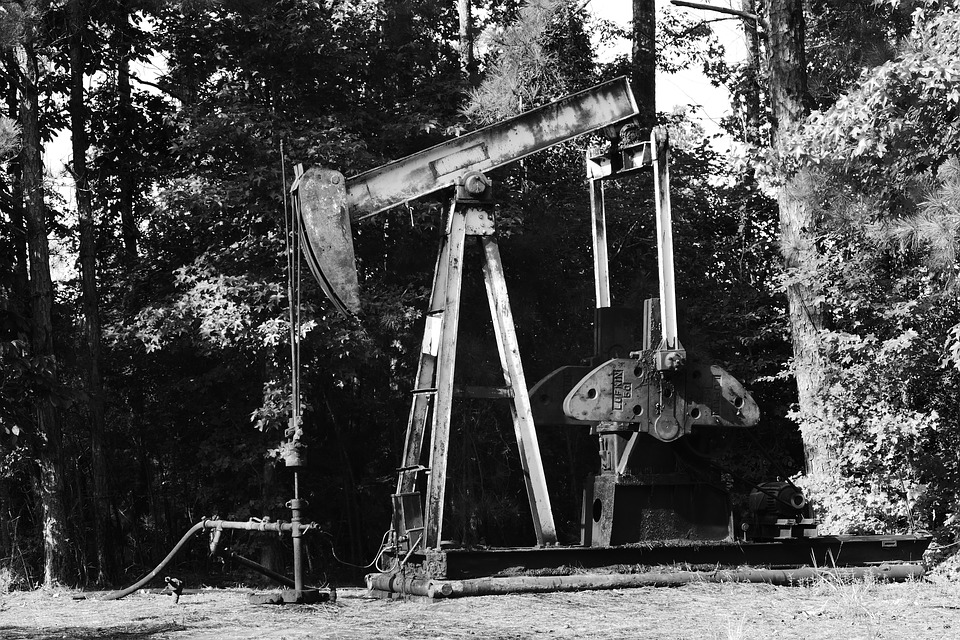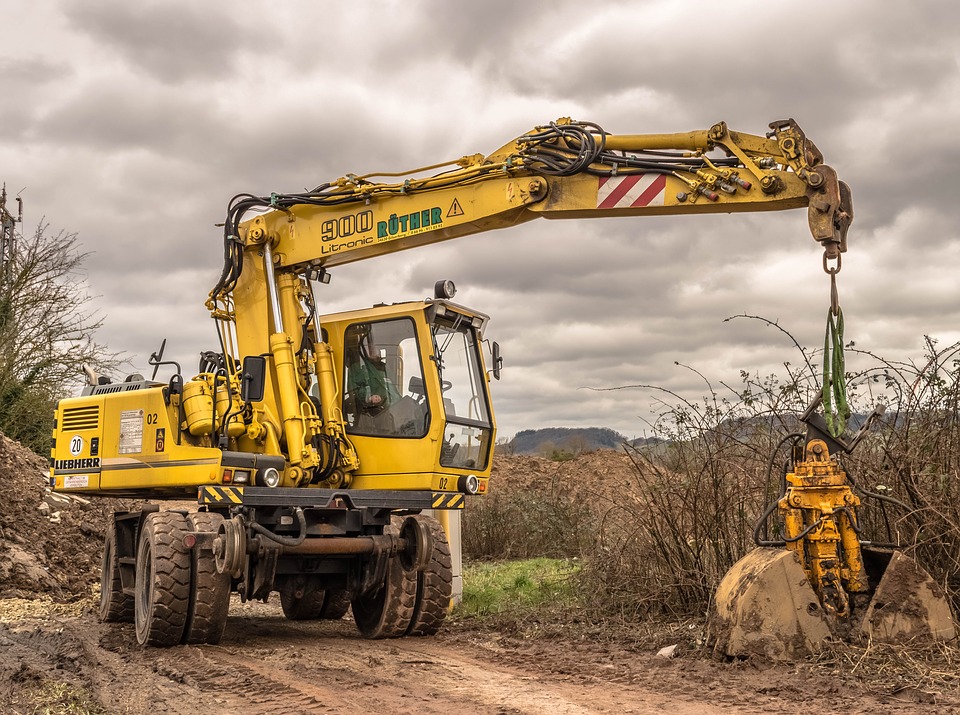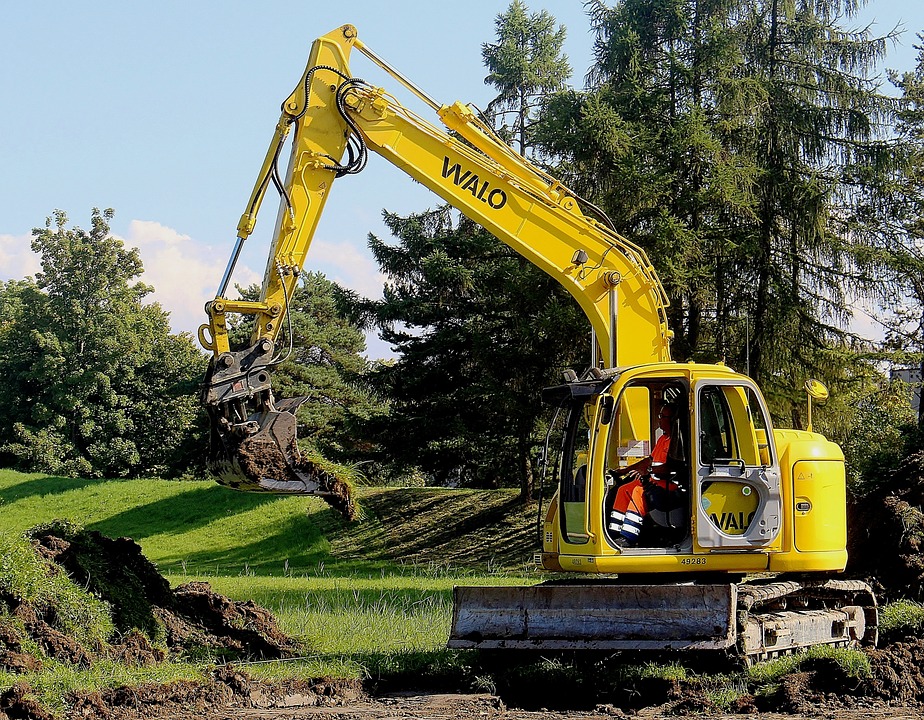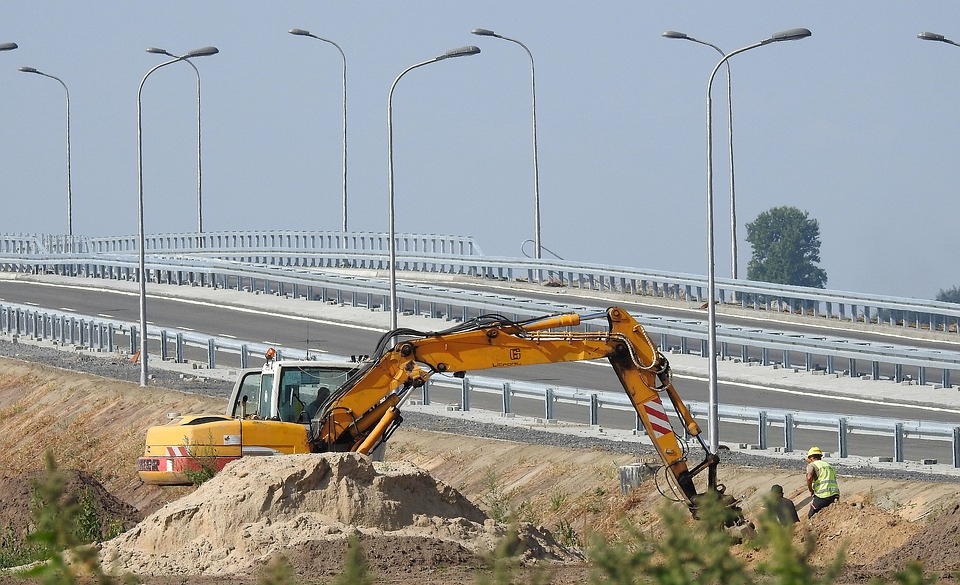Supervisory Control and Data Acquisition (SCADA) is one of the most adaptable and commonly utilized technologies for automation and control systems. It is a form of industrial control system meant to monitor and regulate equipment, processes, and machinery in a wide range of industries, including energy and utilities. Despite its extensive application, there are still misconceptions about SCADA that must be dispelled. In this post, we will explore some common misunderstandings, the advantages and disadvantages of SCADA, and how businesses may utilize it to their advantage.
One of the most widespread misunderstandings about SCADA is that it is mainly utilized in industrial contexts, such as factories and power plants. In fact, SCADA systems can be implemented in a variety of settings, including transportation, water, and municipal services. SCADA systems are also not restricted to operating physical machines. In addition, they can be used to monitor and operate software systems, including process automation software and building automation systems.
 Another widespread misunderstanding is that SCADA is costly and requires extensive upkeep. SCADA systems need an initial investment, but they can provide significant long-term cost reductions. For instance, they can automate processes, cut labor expenses, increase efficiency, and decrease energy use. Moreover, SCADA systems are typically user-friendly and require low maintenance.
Another widespread misunderstanding is that SCADA is costly and requires extensive upkeep. SCADA systems need an initial investment, but they can provide significant long-term cost reductions. For instance, they can automate processes, cut labor expenses, increase efficiency, and decrease energy use. Moreover, SCADA systems are typically user-friendly and require low maintenance.
SCADA systems have various downsides despite their benefits. One of the most crucial is their susceptibility to security threats if they are not properly protected. It is essential that all SCADA components are adequately secured and monitored, and that all transferred data is encrypted. In addition, SCADA systems can be difficult to set up and integrate, therefore it is essential to have knowledgeable employees handling installation and upkeep.
SCADA systems have a variety of advantages that make them appealing to organizations despite their limitations. For example, SCADA systems can improve operational visibility and control, as well as enable improved data collecting an
 d analysis. In addition to automating processes and reducing labor costs, SCADA systems can enhance safety by monitoring and managing hazardous operations.
d analysis. In addition to automating processes and reducing labor costs, SCADA systems can enhance safety by monitoring and managing hazardous operations.
There are a variety of possible applications for SCADA systems. SCADA can be used to monitor and control industrial activities such as energy production and manufacturing. SCADA systems can also be used to monitor and control building automation systems, such as lighting and HVAC, and transportation systems, such as railroad and subway systems.
SCADA can be used in a variety of different applications such as pipeline transmitters, systems integration, and turnarounds as well. For pipeline transmitters, SCADA systems can be used to monitor and control the pressure, flow, and levels of the pipelines. For systems integration, SCADA can be used to integrate various devices and systems into a single system and control them from a single interface. Finally, for turnarounds, SCADA systems can be used to monitor and execute complex control processes such as scheduling, tracking, and executing maintenance activities. The use of SCADA in these applications can result in improved operational efficiency, enhanced safety, and cost savings.
Ultimately, SCADA systems can offer a variety of advantages to enterprises. However, it is vital to be aware of the potential negatives, such as the risk of security assaults, and to make sure that they are adequately guarded and monitored. Also, it is essential to have knowledgeable employees available to handle installation and maintenance. SCADA systems may give enterprises with enhanced operational visibility, improved data collecting and analysis, and increased efficiency with the correct staff and security measures.

